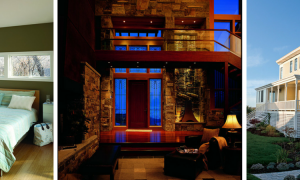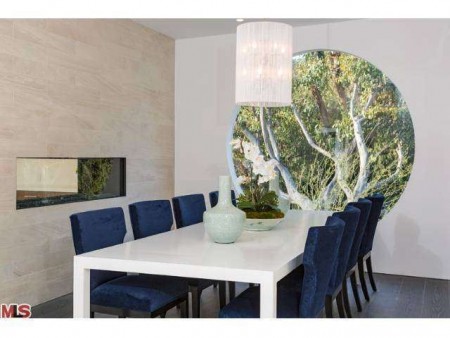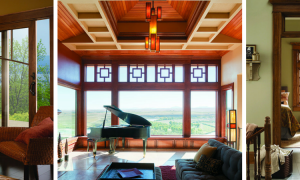Brought to you by Andersen® Windows
The Prairie style home traces its roots to the first two decades of the 20th century. Frank Lloyd Wright’s Prairie School designs, which embrace the belief that a building should appear to grow organically from its site, are at the style’s core.
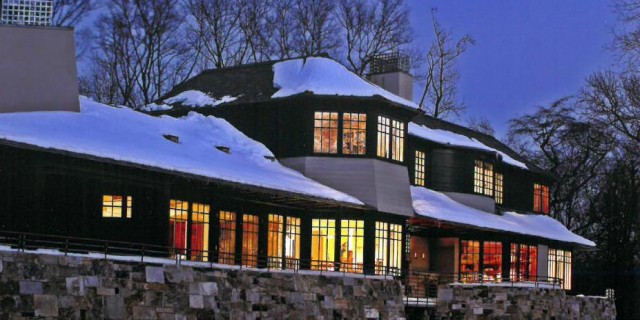
This influence is noted among the various style elements found in the Prairie style including:
- Rows of doors and small windows banded together by continuous head trim
- Low-pitched, hipped roofs with overhanging eaves
- Single-story projections
- Color choices inspired by nature, with earthy browns, and rusts, autumnal reds and golds, warm tans and beiges, and greens to connect with natural surroundings
Deliberate, composed and conceived as a cohesive whole, the Prairie style draws its beauty from within rather than from applied decoration. Long, horizontal bands of windows evoke the prairie landscape. Landscaping, built-in furniture and fixtures carry as much importance as structural elements. Even floor plans are rethought, with a minimum number of rooms radiating from a central living space.
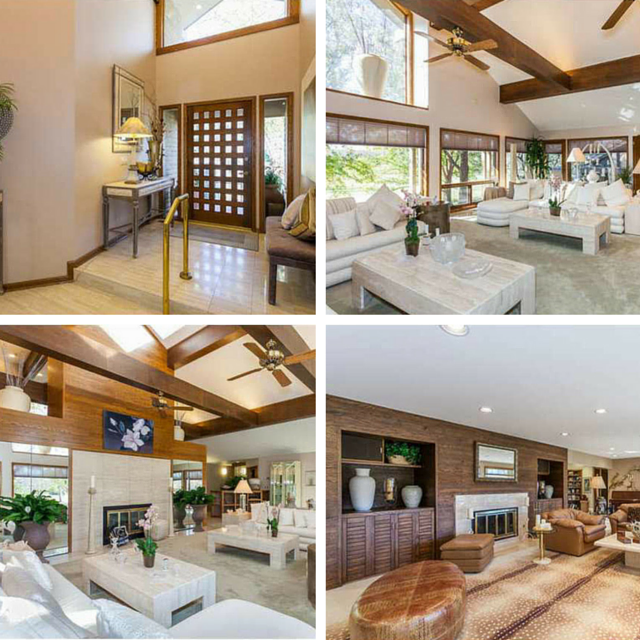
One final unique feature of Prairie style lies in its strong reverence for wood. That is why most interior wood finishes rely on transparent stains to highlight the wood grain and do not use paint very often. It is one of our favorite home styles at Andersen, because it is the first architectural style of American origin. Learn more about the Prairie style at Andersen Windows’ online Home Style Library.




